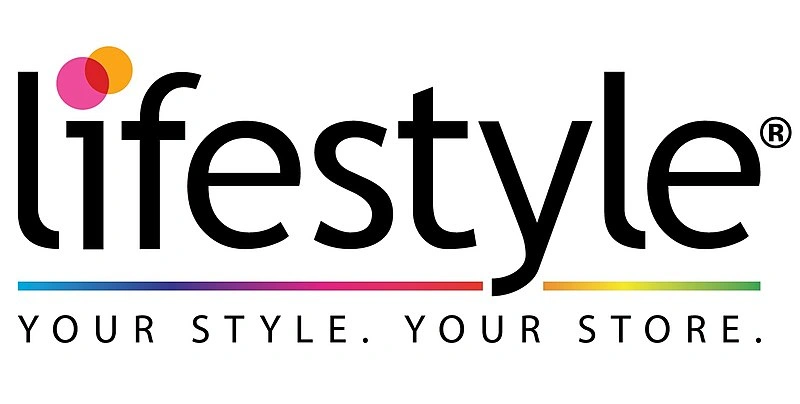A well-organized and strategic content calendar is a crucial tool for social media marketers to plan, create, and execute their content strategy effectively. It helps in maintaining consistency, maximizing engagement, and achieving marketing goals. Creating a content calendar for a month allows social media marketers to plan ahead, ensure a consistent flow of content, and stay organized in their content creation and publishing efforts. In this guide, we will outline key steps to help you create an effective content calendar for a month of content, including defining goals, identifying a target audience, conducting content research, brainstorming content ideas, creating a content schedule, optimizing for platform algorithms, monitoring performance, engaging with the audience, staying updated with industry trends, and continuously improving and iterating your content strategy. Let's dive in and create a content calendar that will help you achieve social media marketing success!
Use BeTimeful to do your content research
BeTimeful blocks the News feed so you can still do your content research without getting distracted. If you start gathering a list of accounts that create great content you can search them up without getting distracted. Social media content marketers spend a lot of time getting distracted on social media just to get some research done. Without the news feed, you can do your content research in half the time.
Define Your Content Themes and Objectives
Determine the main themes or topics that will guide your content for the month. Align your content themes with your overall social media marketing objectives, such as increasing brand awareness, driving engagement, or generating leads. Ensure that your content themes are relevant to your target audience and align with your brand voice and values.
Action items:
- Brainstorm and select the main themes or topics for your content calendar.
- Align your content themes with your social media marketing objectives.
- Ensure that your content themes are relevant to your target audience and align with your brand voice and values.
Generate Content Ideas
Brainstorm and generate content ideas for each of your chosen content themes. Consider different content formats, such as images, videos, blog posts, polls, or quizzes. Research your target audience to understand their preferences, pain points, and interests, and incorporate those insights into your content ideas.
Action items:
- Brainstorm and generate content ideas that align with your chosen content themes.
- Consider different content formats that will resonate with your target audience.
- Research your target audience to gain insights for content ideas that will engage them.
Plan Your Content Calendar
Organize your content ideas into a calendar format, specifying the content type, platform, date, and time for each piece of content. Consider the optimal posting frequency for each social media platform, based on your audience and platform best practices. Ensure that your content calendar is well-structured, easy to read, and accessible to your team.
Action items:
- Organize your content ideas into a calendar format, specifying content type, platform, date, and time.
- Consider the optimal posting frequency for each social media platform and incorporate it into your calendar.
- Ensure that your content calendar is well-structured, easy to read, and accessible to your team.
Create and Curate Content
Based on your generated content ideas, start creating and curating content for your content calendar. Ensure that your content is aligned with your chosen themes, brand voice, and target audience. Include a mix of promotional, educational, inspirational, and entertaining content to keep your audience engaged.
Action items:
- Create original content, such as images, videos, infographics, or blog posts, that align with your content themes.
- Curate relevant content from trusted sources, such as industry news, user-generated content, or influencer content.
- Review and edit your content for accuracy, consistency, and brand alignment.
Optimize Your Content for Each Platform
Tailor your content for each social media platform to maximize engagement and reach. Consider the platform-specific requirements, such as character limits, image sizes, hashtags, and tagging. Optimize your content for search engines, if applicable, by using relevant keywords and meta tags.
Action items:
- Customize your content for each social media platform based on their requirements and best practices.
- Optimize your content for search engines, if applicable, by including relevant keywords and meta tags.
- Review and adjust your content to ensure it is visually appealing and engaging on each platform.
Collaborate with Your Team
Involve your team in the content creation and scheduling process to ensure coordination and alignment. Assign responsibilities for content creation, scheduling, monitoring, and reporting to team members. Use collaborative tools, such as project management software or content management systems, to streamline the process.
Action items:
- Delegate responsibilities among team members for content creation, scheduling, monitoring, and reporting.
- Use collaborative tools to streamline communication and coordination among team members.
- Conduct regular team meetings to review progress, discuss challenges, and provide feedback.
Monitor and Measure Your Content Performance
Regularly monitor the performance of your content using analytics and social media monitoring tools. Track metrics such as engagement rate, reach, clicks, conversions, and audience growth. Analyze the data to identify trends, insights, and areas for improvement in your content strategy.
Action items:
- Set up analytics and social media monitoring tools to track the performance of your content.
- Monitor your content performance regularly and record the metrics in your content calendar.
- Analyze the data to identify trends, insights, and areas for improvement in your content strategy.
Make Adjustments and Refine Your Content Calendar
Based on your content performance data and insights, make adjustments to your content calendar. Refine your content themes, ideas, formats, or posting schedule to optimize engagement and reach. Continuously iterate and improve your content strategy based on data-driven insights.
Action items:
- Review your content performance data and identify areas for improvement.
- Make adjustments to your content calendar, such as refining content themes, ideas, formats, or posting schedule.
- Continuously iterate and improve your content strategy based on data-driven insights.
Engage with Your Audience
Monitor and respond to comments, messages, mentions, and other interactions with your audience. Engage in conversations, ask questions, and encourage user-generated content to foster community engagement. Respond to feedback, address complaints, and provide customer support to build positive relationships with your audience.
Action items:
- Regularly monitor and respond to comments, messages, mentions, and other interactions from your audience.
- Engage in conversations, ask questions, and encourage user-generated content to foster community engagement.
- Respond to feedback, address complaints, and provide customer support in a timely and professional manner.
Stay Updated with Industry Trends and Events
Stay informed about industry trends, news, events, and relevant topics that may impact your content strategy. Monitor social media conversations, follow influencers, and participate in industry-related discussions. Incorporate timely and relevant content into your content calendar to stay relevant and provide value to your audience.
Action items:
- Stay updated with industry trends, news, events, and relevant topics through social listening and research.
- Follow influencers, thought leaders, and industry-related discussions to stay informed.
- Incorporate timely and relevant content into your content calendar to stay relevant and provide value to your audience.
- Continuously Improve and Iterate
Regularly review and assess your content calendar's performance and effectiveness. Gather feedback from your team, audience, and stakeholders to identify areas for improvement. Continuously improve and iterate your content strategy based on feedback, data, and market changes.
Action items:
- Regularly review and assess the performance and effectiveness of your content calendar.
- Gather feedback from your team, audience, and stakeholders to identify areas for improvement.
- Continuously improve and iterate your content strategy based on feedback, data, and market changes.













